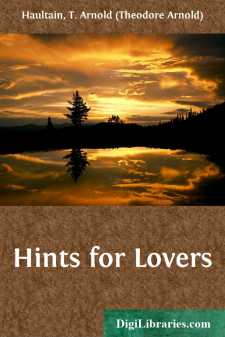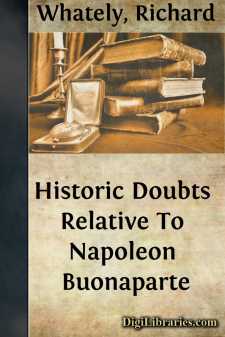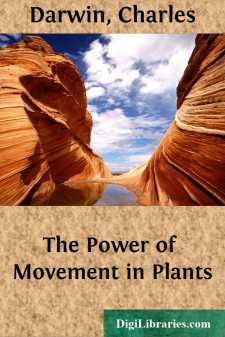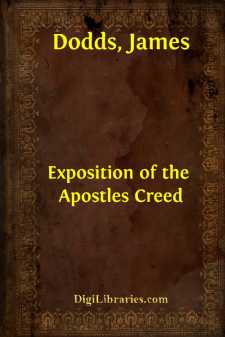Non-Classifiable
- Non-Classifiable 1768
Non-Classifiable Books
Sort by:
JIM WAINRIGHT'S KID As I put down my name and the number of the crack engine of America—as well as the imprint of a greasy thumb—on the register of our roundhouse last Saturday night, the foreman borrowed a chew of my fireman's fine-cut, and said to me: "John, that old feller that's putting on the new injectors wants to see you." "What does he want, Jack?" said I....
more...
THE INITIATIVE AND REFERENDUM IN SWITZERLAND. Democratic versus Representative Government. There is a radical difference between a democracy and a representative government. In a democracy, the citizens themselves make the law and superintend its administration; in a representative government, the citizens empower legislators and executive officers to make the law and to carry it out. Under a...
more...
THE STOLEN TREASURE There is a certain little girl who sometimes tries to find out when I am not over busy, so that she may ask me to tell her a story. She is kind enough to say that she likes my stories, and this so flatters my vanity that I like nothing better than telling them to her. One reason why she likes them, I suspect, is that they are not really my stories at all, the most of them. They are...
more...
I. On Girls "A Pearl, A Girl."-Browning There are of course, girls and girls; yet at heart they are pretty much alike. In age, naturally, they differ wildly. But this is a thorny subject. Suffice it to say that all men love all girls-the maid of sweet sixteen equally with the maid of untold age. * * * There is something exasperatingly something-or-otherish about girls. And they know it—which...
more...
by:
Richard Whately
HISTORIC DOUBTSRELATIVE TONAPOLEON BUONAPARTE. Long as the public attention has been occupied by the extraordinary personage from whose ambition we are supposed to have so narrowly escaped, the subject seems to have lost scarcely anything of its interest. We are still occupied in recounting the exploits, discussing the character, inquiring into the present situation, and even conjecturing as to the...
more...
CHAPTER I Black There is no question to-day in American politics more unsettled than the negro question; nor has there been a time since the adoption of the Federal Constitution when this question has not, in one shape or another, been a disturbing element, a deep-rooted cancer, upon the body of our society, frequently occupying public attention to the exclusion of all other questions. It appears to...
more...
by:
Charles Darwin
INTRODUCTION. THE chief object of the present work is to describe and connect together several large classes of movement, common to almost all plants. The most widely prevalent movement is essentially of the same nature as that of the stem of a climbing plant, which bends successively to all points of the compass, so that the tip revolves. This movement has been called by Sachs "revolving...
more...
by:
James Dodds
While the disciples had Jesus with them, there was no occasion for a formal summary of the doctrines which His followers were called to accept and to maintain. He was present to resolve all doubts and settle all difficulties, so that when their faith was assailed or their teaching impugned they could refer to Him. Then, as now, faith had Him for its object,—with this difference, that He was visibly...
more...
by:
Richard Johnson
My Beloved, I do not think it necessary to make an apology for putting this Address into your hands; or to enter into a long detail of the reasons which induced me to write it. One reason may suffice. I find I cannot express my regard for you, so often, or so fully, as I wish, in any other way. On our first arrival in this distant part of the world, and for some time afterwards, our numbers were...
more...
BIRDS THAT LIVE IN NESTING BOXES. Certain varieties of birds will nest in homes built for them if these houses are of the right shape and dimensions. Other birds may be just as desirable but do not build nests and rear their young in boy-made nesting boxes. We are therefore mainly concerned with the first group which select cavities in trees for their homes if nothing better is to be found. FIG. 1....
more...











